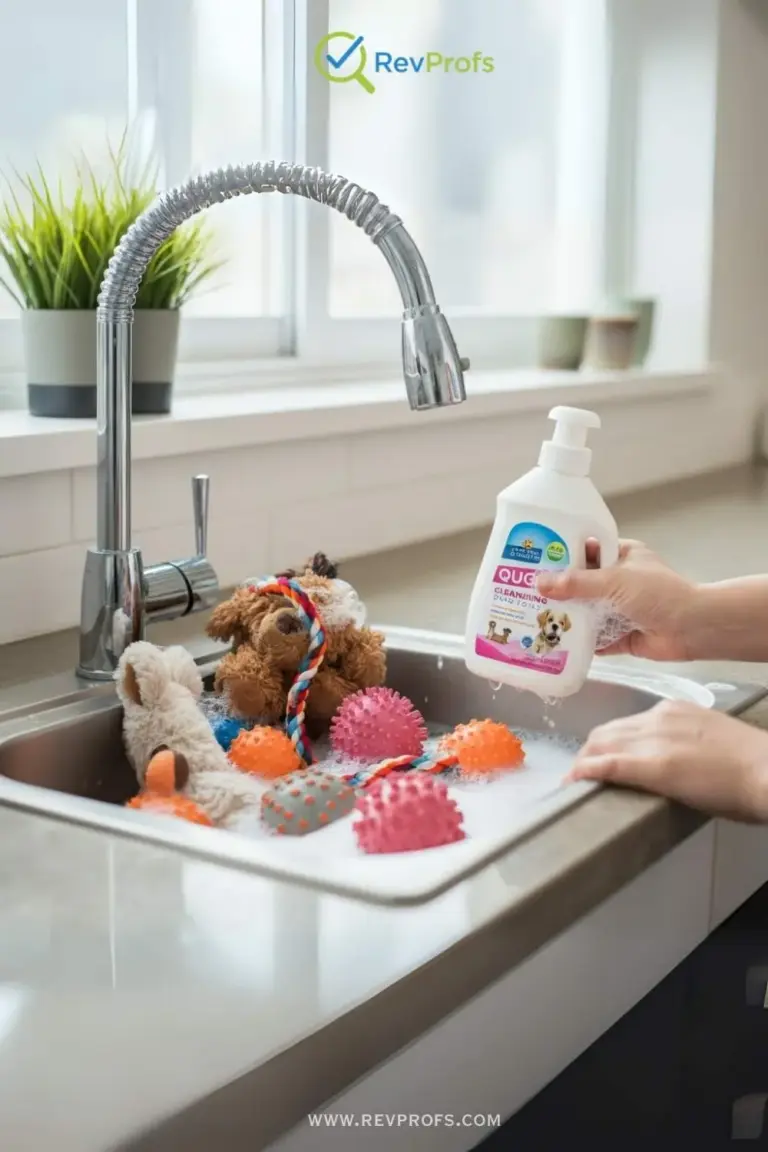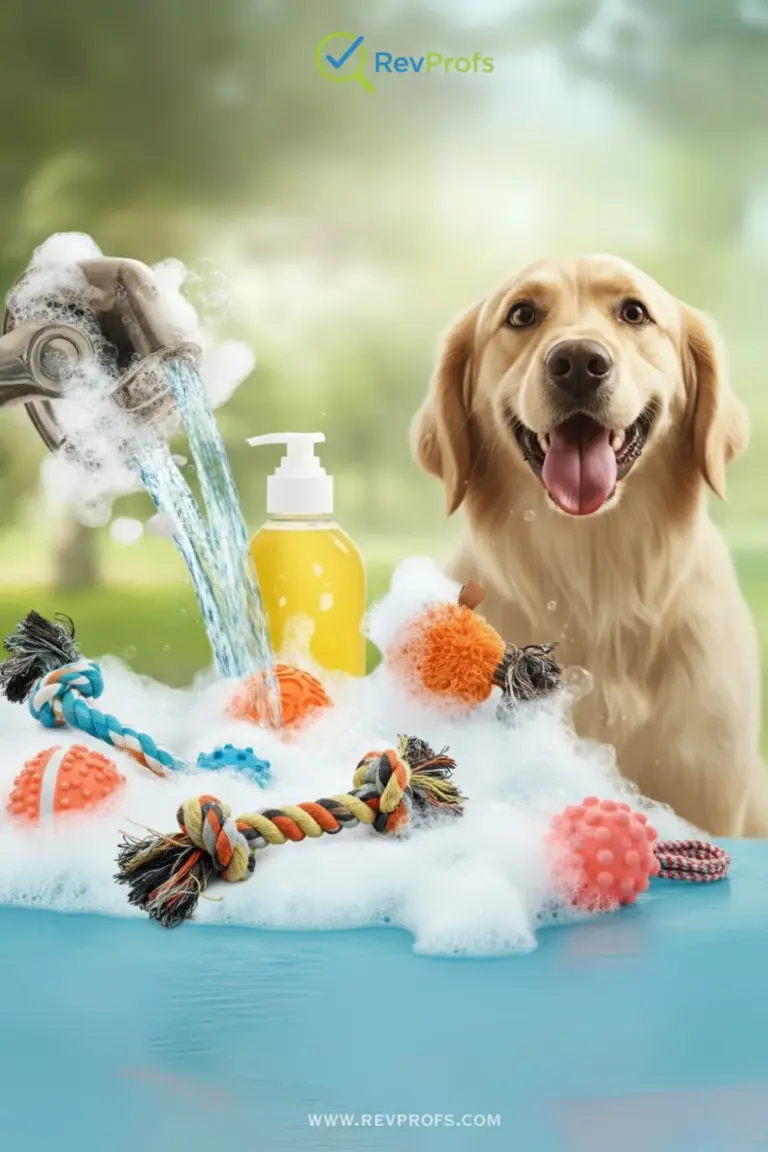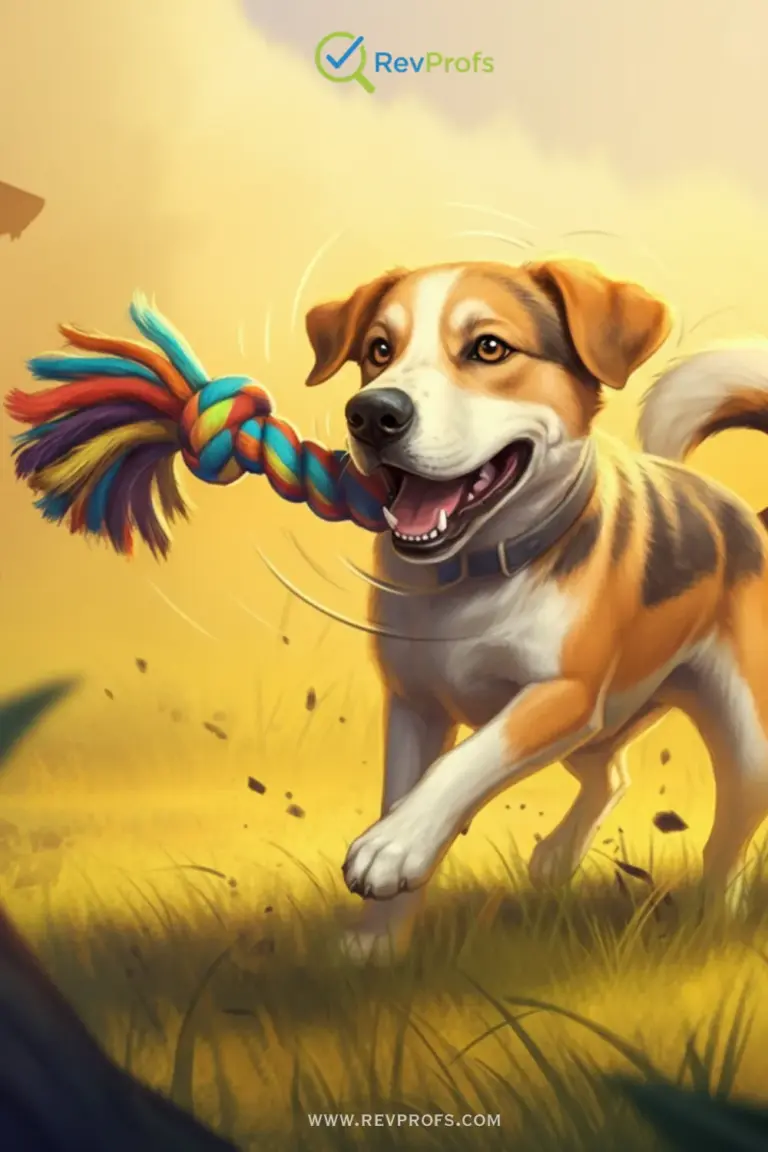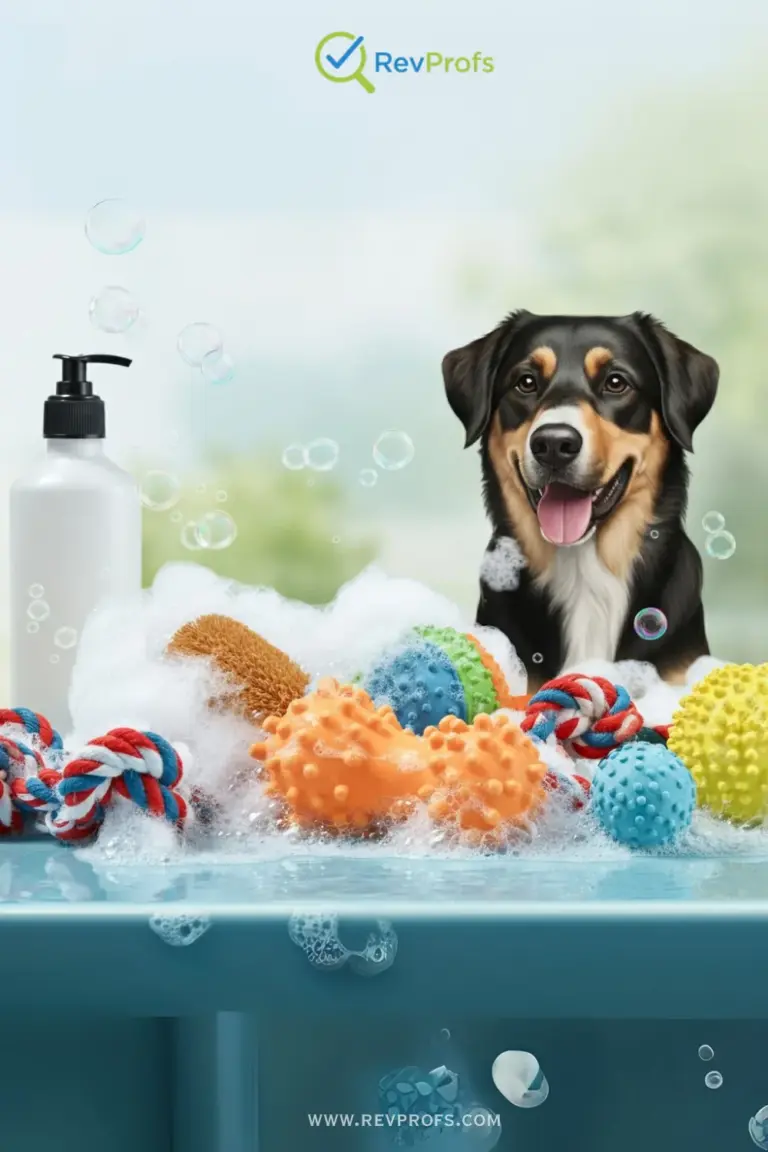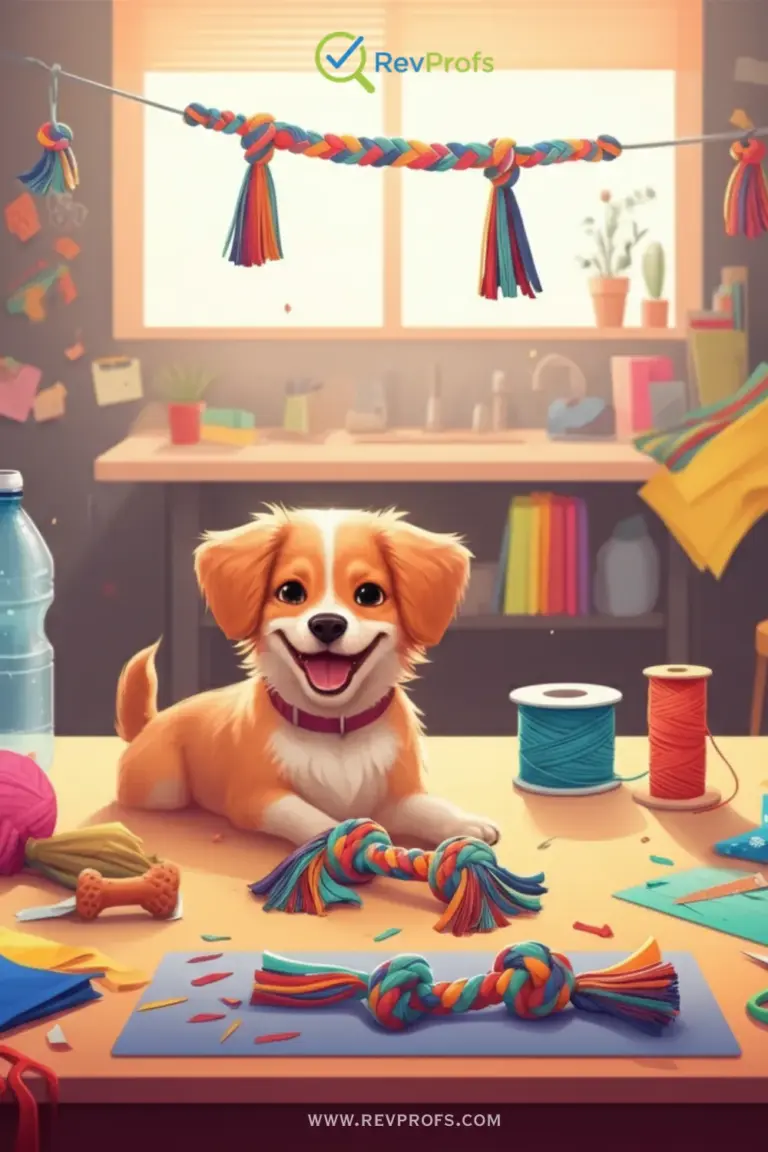Why Do Dogs Shake Their Toys? 5 Reasons for This Quirky Behavior
Have you ever watched your dog grab their favorite squeaky toy, plant their feet firmly, and shake it with all their might? It can be a funny sight, but it might also make you wonder what’s going on in that furry head of theirs. Many pet parents ask, why do dogs shake their toys? Is it just a fun game, or is there something more to this energetic display? Understanding this common behavior can give you incredible insight into your dog’s natural instincts and what makes them happy.
This vigorous shaking is one of the most common instinctive dog behaviors. It’s not just a random act of play; it’s a deep-seated part of their canine instinct, harking back to their wild ancestors. From terriers to retrievers, this action is a universal part of dog behavior while playing. In this article, we’ll explore the reasons behind this quirky habit, from the powerful dog prey drive to simple, joyful play. Knowing the answer to why do dogs shake their toys will help you better understand your best friend and strengthen your bond.
The Power of the Dog Prey Drive
One of the main reasons dogs shake their toys is directly linked to their innate dog prey drive. Even though your fluffy companion is a domesticated family member who enjoys naps on the couch, they still carry the genetic code of their wild ancestors. For wolves and other wild canids, hunting was essential for survival. This process involved a sequence of behaviors: searching, stalking, chasing, catching, and ultimately, dispatching their prey.
The act of shaking a toy mimics the final, critical step of this sequence. In the wild, after catching a small animal, a canine would shake it vigorously. This action was intended to quickly and efficiently break the prey’s neck, ensuring it was subdued. When your dog grabs a stuffed squirrel or a rubber bone and gives it a good thrashing, they are tapping into this ancient canine instinct.
It’s a fascinating display of their heritage. You can often see the full prey sequence during playtime. Your dog might “stalk” their toy from across the room, pounce on it, and then perform the signature shake. This doesn’t mean your dog is aggressive or dangerous; it simply means they are a dog! It’s a healthy and natural outlet for these ingrained behaviors. Providing toys that they can safely shake allows them to satisfy this instinct in a safe and appropriate way, which is crucial for their mental stimulation and well-being. So, when you see this behavior, you’re getting a small glimpse into the wild hunter that still lives within your pet.
Why Do Dogs Shake Their Toys?
Beyond the primary instinct of a prey drive, several other factors contribute to this common behavior. It’s not always about mimicking a hunt; sometimes, it’s about pure fun, communication, or even just getting some energy out. Let’s explore the different layers behind why do dogs shake their toys. Understanding the context—what’s happening around your dog when they start shaking—can tell you a lot about their motivation. Is it a brand-new toy? Are they trying to get your attention? Observing these details can help you connect more deeply with your pet’s needs and emotions.
1. Instinctive Dog Behaviors from Their Ancestors
As we touched on, the most significant reason is rooted in instinctive dog behaviors. Domestication has changed a lot about our dogs, but it hasn’t erased thousands of years of predatory genetics. Every dog, from the tiniest Chihuahua to the grandest Great Dane, possesses a degree of prey drive. This drive is a fundamental part of what makes a dog a dog.
When your dog shakes a toy, they are acting out a behavior that was once vital for survival. This isn’t something they’ve been taught; it’s a hardwired canine instinct. Different breeds may exhibit this differently. For example, the famous “terrier shake” is a hallmark of breeds like Jack Russell Terriers and Airedales. These dogs were specifically bred to hunt and dispatch small vermin, so their instinct to shake is particularly strong and pronounced. They are essentially doing the job their ancestors were bred for, just with a plush toy instead of live prey. Acknowledging this instinct is key to understanding why do dogs shake their toys.
2. A Fun Form of Play and Engagement
Sometimes, the simplest answer is the right one: shaking a toy is just plain fun! For many dogs, this action is a joyful and exciting part of dog behavior playing. The vigorous movement, the feeling of the toy in their mouth, and the sounds it might make (like a squeaker) all combine to create a highly stimulating and enjoyable experience. It’s a game they can play by themselves or with you.
Think of it as their version of a happy dance. You might notice your dog’s whole body wags, they have a “smile” on their face, and their posture is relaxed and bouncy. This is a clear sign that they are playing and having a great time. Shaking a toy can also be an invitation to play. Your dog might shake a toy and then look at you, toss it in your direction, or bring it to you. This is their way of saying, “Hey, this is fun! Want to join me?” Engaging in this play with them, perhaps by playing a gentle game of tug-of-war, can be a fantastic bonding activity.
3. Dog Releasing Energy and Expressing Excitement
Dogs have a lot of energy, and they need healthy ways to release it. Shaking a toy is an excellent method for dog releasing energy. It’s a full-body workout that allows them to burn off pent-up excitement, frustration, or anxiety in a focused and non-destructive way. If your dog has been cooped up inside on a rainy day or hasn’t had their usual walk, you might notice they engage in this behavior more frequently.
It’s also a way for them to express pure, unadulterated joy. Did you just get home from work? Did a favorite guest arrive? Your dog might grab the nearest toy and start shaking it wildly as a way to manage their overwhelming happiness. This behavior channels their excitement into a physical act, helping them regulate their emotions. It’s far better for them to shake a toy than to jump on people or bark uncontrollably. Providing durable toys for this purpose helps them manage their energy levels in a positive way.
4. Exploring a New Object
When you introduce a new toy, you might wonder what does it mean when a dog shakes a toy they’ve just received. This is often part of their exploration process. A dog’s mouth is one of their primary tools for learning about the world, much like our hands. By picking up, chewing, and shaking a new object, they are investigating it.
The shaking motion helps them understand the toy’s weight, texture, and durability. Does it have a squeaker inside? What does it feel like when it moves? This is their way of “testing” the toy and figuring out what it does. It’s a sensory experience that provides them with valuable information about their new possession. This exploratory shaking is a normal and healthy part of how a dog interacts with their environment.
5. Getting Your Attention
Our dogs are smart, and they quickly learn what actions get a reaction from us. If you laugh, talk to your dog, or engage with them every time they shake a toy, they may start doing it specifically to get your attention. It becomes a learned behavior. They think, “Last time I did this, my human played with me. I’ll try it again!”
This is especially true if you are busy and your dog is feeling a bit neglected. They might grab their noisiest toy, bring it near you, and start a vigorous shaking session to draw your focus back to them. It’s their clever way of initiating interaction. While this can be charming, it’s good to be mindful of encouraging it. If it becomes their only way to get your attention, you might want to initiate playtime at other times as well, so they don’t have to “ask” so loudly.
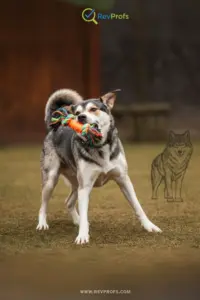
When Shaking a Toy Could Be a Concern
While shaking toys is almost always a normal and healthy behavior, there are rare instances where it could be linked to something more concerning. It’s important for pet parents to know the difference between playful shaking and obsessive or aggressive behavior.
If your dog becomes possessive or aggressive over the toy, this is known as resource guarding. Signs include growling, snarling, or snapping if you try to approach or take the toy away. This is not about the act of shaking itself, but about their possessiveness of the object. If you notice this behavior, it’s a good idea to work with a professional dog trainer or behaviorist.
Additionally, if the shaking seems frantic, obsessive, and difficult to interrupt, it could be a sign of high anxiety or compulsive behavior. A happy, playful dog will typically be able to disengage from the toy if you offer another activity or a treat. A dog with an obsessive tendency may ignore everything else.
Finally, be mindful of the toys themselves. Ensure they are durable and appropriate for your dog’s size and chew strength. Vigorous shaking can cause weak toys to break apart, creating choking hazards. Always supervise your dog with new toys and inspect them regularly for damage.
Choosing the Right Toys for Shaking
Since shaking is such a natural and enjoyable activity for dogs, providing them with the right tools is essential. The best toys for shaking are durable enough to withstand the force but also have a satisfying weight and texture.
- Rope Toys: These are classic for a reason. They are great for tugging and shaking, and the fibers can help clean your dog’s teeth.
- Plush Toys without Stuffing: These “unstuffed” toys provide the soft, prey-like feel without the risk of your dog ingesting poly-fill if they manage to tear it open.
- Durable Rubber Toys: Many rubber toys are designed for tough chewers and are also great for shaking. Their weight provides a satisfying resistance.
- Toys with Squeakers: The squeak often mimics the sound of prey, which can make the shaking behavior even more fulfilling for your dog’s canine instinct.
Ultimately, understanding why do dogs shake their toys is about appreciating their natural history and their individual personality. This behavior is a window into their world, showing us the wild instincts that still exist within our loving companions. By providing them with safe outlets for this behavior, you are supporting their physical and mental health. So, the next time you see your dog joyfully thrashing their favorite toy, you can smile, knowing you understand exactly what’s happening. It’s a sign of a happy, healthy dog, fully engaged in the art of being a dog.
Ready for the Next Step?
Your pet's journey doesn't end here. Explore our expert guides to ensure they get the best care at every stage.
Puppy & Dog Care
From choosing the right food to understanding their behavior, our dog care guides cover everything you need to know.
Explore Dog GuidesGear & Product Reviews
Find honest, in-depth reviews on the latest pet gear, from smart collars to durable toys, and make informed decisions.
See All Reviews

